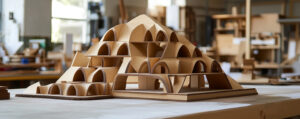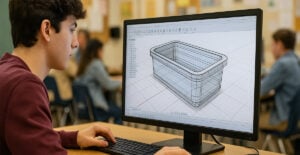List of Material Properties and Definitions for students
Understanding the properties of materials is fundamental for Design & Technology students as it helps you to select which materials are appropriate for which task. This article provides a list of properties and definitions, with examples to help students become familiar with these terms. Material properties Rigidity / Stiffness Hardness Toughness Brittleness Elasticity / Flexibility … Read more




